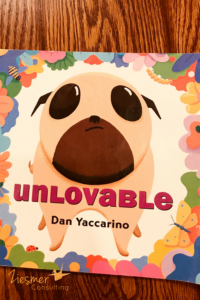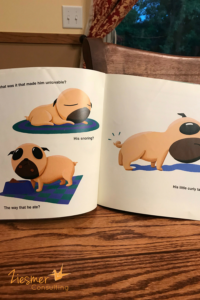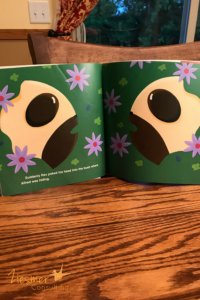Learning how to assess children’s books for quality content is a relatively simple process. In the past few years the number and quality of diverse children’s books has significantly increased. However, we are still a long way from enjoying equity in children’s literature. With all these new titles on the shelves and new authors coming out of the woodwork how do we know which are the good stories and books and which are the books that are just darkening the skin tones on the book characters while the stories remain predominately from the dominate culture.
It is clear that parents and teachers need to be able to assess the books their children are being exposed to. Not to ban or prohibit them from being read but to have conversations about them. Children need to be modeled discernment when it comes to literature from a young age. Here is an example of what I am speaking about.
 The steps to assess children’s books for quality content
The steps to assess children’s books for quality content
*The book is called Unlovable by Dan Yaccarino
Summary- Alfred is a pug who is made to feel unloved by the other animals in his house. A parrot, a goldfish and a cat. The other dogs in the neighborhood also are mean to him. He is very sad and feels very alone. A new dog moves in next door and Alfred in the heat of the moment tells the new dog a lie and pretends to be a golden retriever. The dogs become best friends without ever seeing each other until one day the new dog decides to dig under the fence so they can meet face to face. They discover the look exactly alike! They are both pugs and go on to run and play like best friends do.
While this is a super cute story and gives children the message that everyone is lovable and can have friends to play with. There are also several underlying messages that children can get. The  most significant one being that in order to be best friends you need to look alike. This message can unwittingly give children the unintended consequence of not playing with kids who look different from them. Young children don’t do this intentionally but when the message is reinforced through all the types of media they are exposed to, it is embedded into their subconscious.
most significant one being that in order to be best friends you need to look alike. This message can unwittingly give children the unintended consequence of not playing with kids who look different from them. Young children don’t do this intentionally but when the message is reinforced through all the types of media they are exposed to, it is embedded into their subconscious.
What do we do about this? I am not by any means saying don’t read this book to your child. I personally have read it several times both in a classroom setting and in my home with my grandchildren. However, when I do read this or any book I always have a conversation about the content.
Ask Open Ended Questions
I ask pertinent questions based on the storyline of the book that are age appropriate. For example in the story above I may ask-
- Who is your best friend?

- What kinds of things do you like to do?
- Do you ever feel like Alfred felt?
- Do you think others ever feel that way?
- What does your best friend look like?
- How are they different from you?
- How are they the same as you?
Asking open ended questions gives children the opportunity to think about the story and begin to learn how objectively assess content and quality. This is a skill that they can carry with them through life.
Check out my list of recommended reading for children here.
Join me on facebook for more tips!







I admit I haven’t read this book. I am curious as to what it is saying about telling lies.
That’s a good question! I am assuming you are referencing the lie Alfred told, saying he was a golden retriever. They did not really address it in the story but made it seem as though it was a good thing since it all turned out OK. It is one more thing for parents and caregivers to talk about and question with the children. So many children’s stories have these types of underlying messages. It is good to be alert to them and prepared to discuss them with the kids.